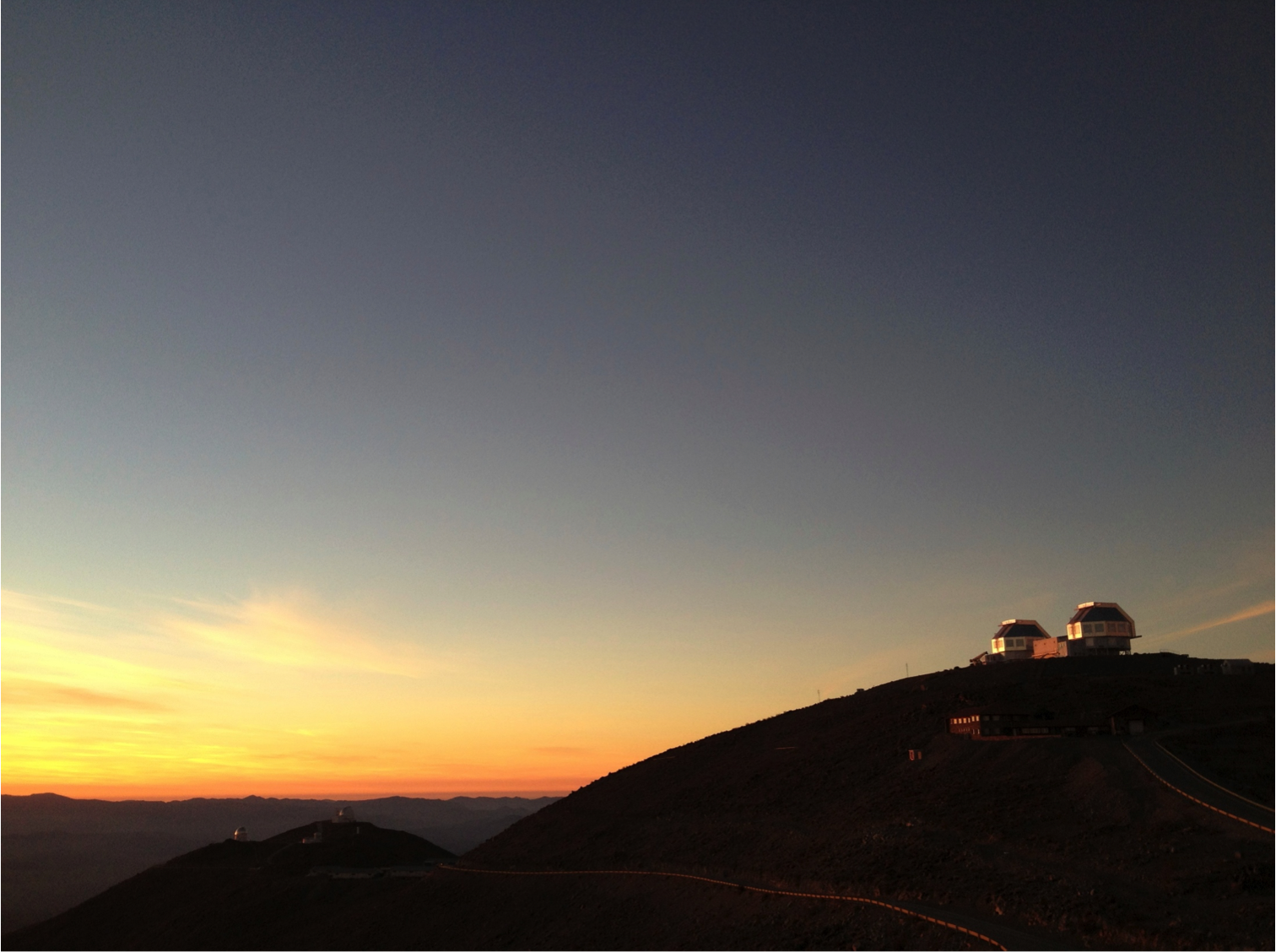There are many ways astronomers have developed to detect exoplanets. Mikayla Mace introduced the most popular methods—radial velocity, transit, and direct imaging—in an earlier post on this blog. Each of these has their own strengths, making them useful for detecting exoplanets with different orbital parameters. In some cases, one detection method can used to verify an exoplanet detected via another method and strengthen our confidence in the detection.
Combined, these methods have been used to uncover a bounty of exoplanets. There are more than 3,300 confirmed exoplanets known today and another 4,600+ exoplanet candidates discovered by the Kepler mission, according to the NASA Exoplanet Archive. While many exciting exoplanet discoveries are being announced daily (including our nearest neighbor, Proxima b, announced today), the field is transitioning in many respects from an era of exoplanet discovery to one of exoplanet characterization. We now know that exoplanets exist and have discovered a large enough sample to study their occurrence rates; the next step is to gain a better understanding of the nature of these worlds, including their formation and composition.
Characterizing Exoplanets
We can expand on the same techniques we use to detect exoplanets in order to begin to characterize them. Direct imaging is the most amenable to this (see, for example, Kevin Wagner et al.’s recent work on the exoplanet in the triple-star HD 131399 system). Once we’ve reduced the glare from the host star, we can isolate and record the light we receive from the exoplanet. Absorption bands in its spectrum indicate the presence of different molecules in its atmosphere, and we can compare its spectrum to models to get an idea of the exoplanet’s temperature and surface gravity. These direct studies, however, are currently limited to young and therefore hot exoplanets with masses larger than Jupiter’s and orbits larger than Pluto’s. While the future for characterization via direct imaging is bright, studying sub-Jovian exoplanets in older systems is still out of reach for today’s instruments.
The transit method, on the other hand, can be extended in some cases to study the (relatively cool) atmospheres of exoplanets smaller than Neptune with current facilities. To detect an exoplanet with the transit method, the stars must be aligned—figuratively speaking. Literally, the plane of the exoplanetary system must match our line of sight to the system. Then, the exoplanet will pass in front of its host star from our point of view during its orbit, blocking some starlight and producing a distinct, periodic decrease in the star’s light curve or amount of light we register over time.

Illustration of the signal introduced by a transiting exoplanet. Credit: IFA, University of Hawaii
These transiting exoplanets are astronomical gold mines in the sense that we can learn a lot more about them than other known exoplanets. The amount of starlight they block gives us a direct measure of their radii. Complimentary radial velocity measurements tell us their masses, which we can combine with their radii to calculate their bulk densities. High-precision observations from space-based observatories like Kepler or the Hubble Space Telescope can detect emission from the exoplanet as its dayside rotates in and out of view during its orbit, which astronomers can use to construct rotational brightness maps and study how energy is redistributed across the exoplanet. Studying blueshifts or redshifts introduced in the stellar spectrum during the transit (the Rossiter-McLaughlin effect) can tell us if the exoplanet’s orbit is misaligned with the star’s rotational axis, which provides a key to understanding the exoplanet’s formation and subsequent orbital evolution.
Transmission Spectroscopy
One of the most exciting ways we can extend the transit method is by transmission spectroscopy. With this technique, we record spectra of the host star during an exoplanet transit. The host star should appear to dim at all wavelengths, since the exoplanet is blocking some starlight. However, at some wavelengths, the star will dim even more because atoms and molecules in the upper atmosphere of the exoplanet are absorbing or scattering that light. In effect, the “shadow” the exoplanet casts is larger due to its atmosphere, and the spectral shape of the shadow records the composition of the atmosphere.
As young as the field of exoplanets is, the study of transmission spectroscopy is even younger, with the first detection of an exoplanet atmosphere in 2002. Since then, dozens of exoplanet atmospheres have been studied with this technique, though systematic studies of multiple exoplanets using the same instruments and observational designs have been lacking.
To address the need for systematic studies, within Project EOS we have launched ACCESS (PIs: Mercedes López-Morales, Daniel Apai, Andrés Jordán), a collaborative survey between EOS members at the University of Arizona, the Harvard-Smithsonian Center for Astrophysics, the Pontificia Universidad Católica de Chile, and the Carnegie Institution for Science. The aim of ACCESS is to measure transmission spectra from a representative sample of transiting exoplanets. Our targets include 30 exoplanets that are excellent targets for transmission spectroscopy, with sizes ranging from sub-Neptune to super-Jupiter and effective temperatures between 600 and 2,800 K. We utilize the IMACS spectrograph on the 6.5-meter Magellan Telescope to gather the spectra.
Through ACCESS, we are compiling a library of exoplanet transmission spectra, which will ultimately enable us and the wider exoplanet atmosphere community to study trends in the atmospheric properties of exoplanets as they relate to the exoplanets’ masses, radii, and orbital parameters. While the long-term future of studying exoplanet atmospheres surely rests in the next generation of telescopes and instruments that will enable us to directly image smaller and cooler exoplanets, transiting exoplanets like the ACCESS targets are the cosmic lighthouses that are providing the first insights into the natures of other worlds.


